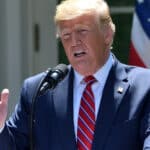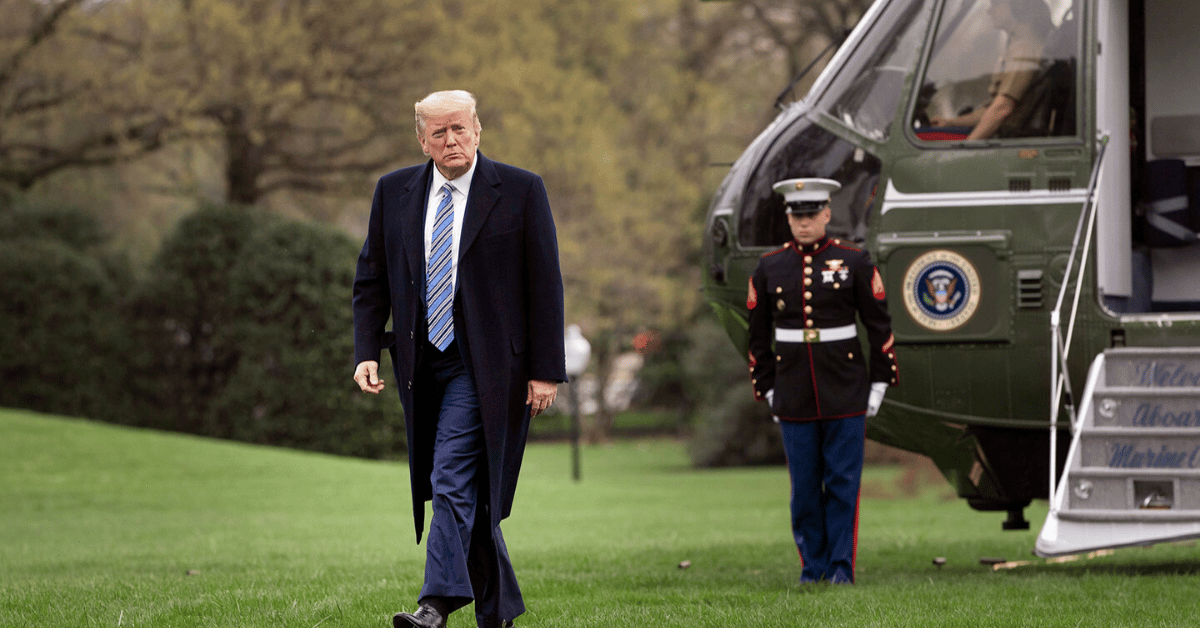
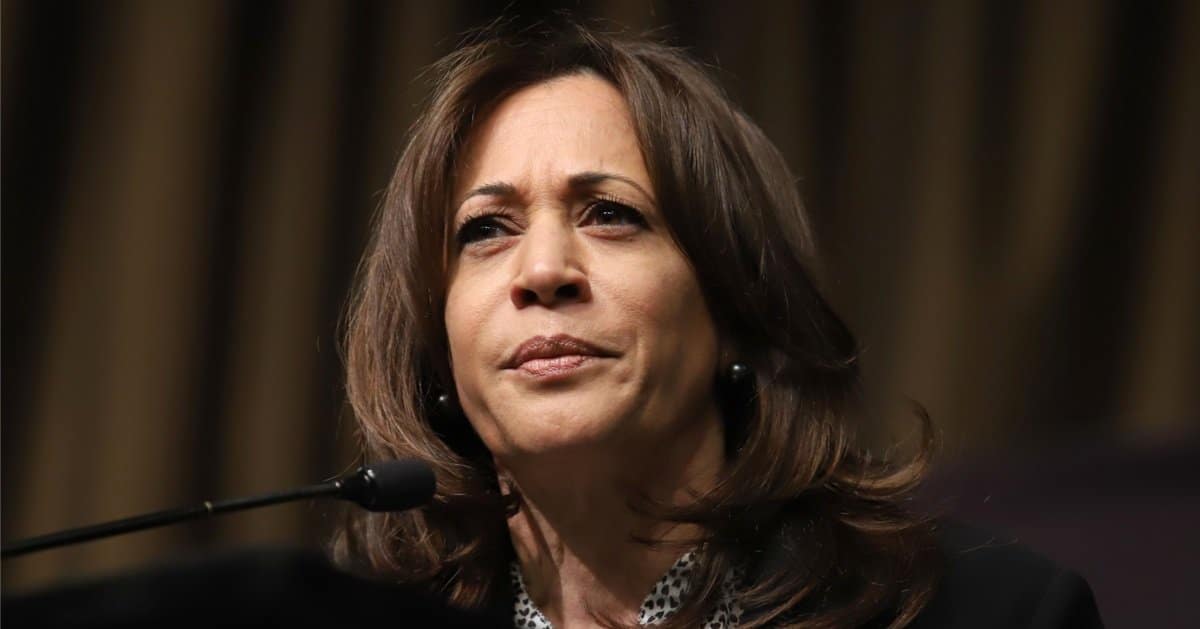
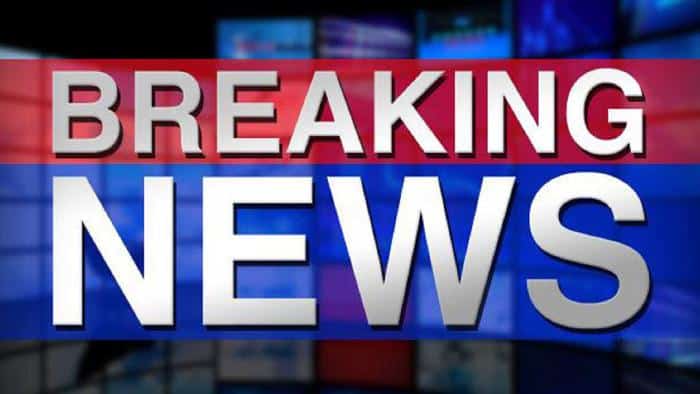
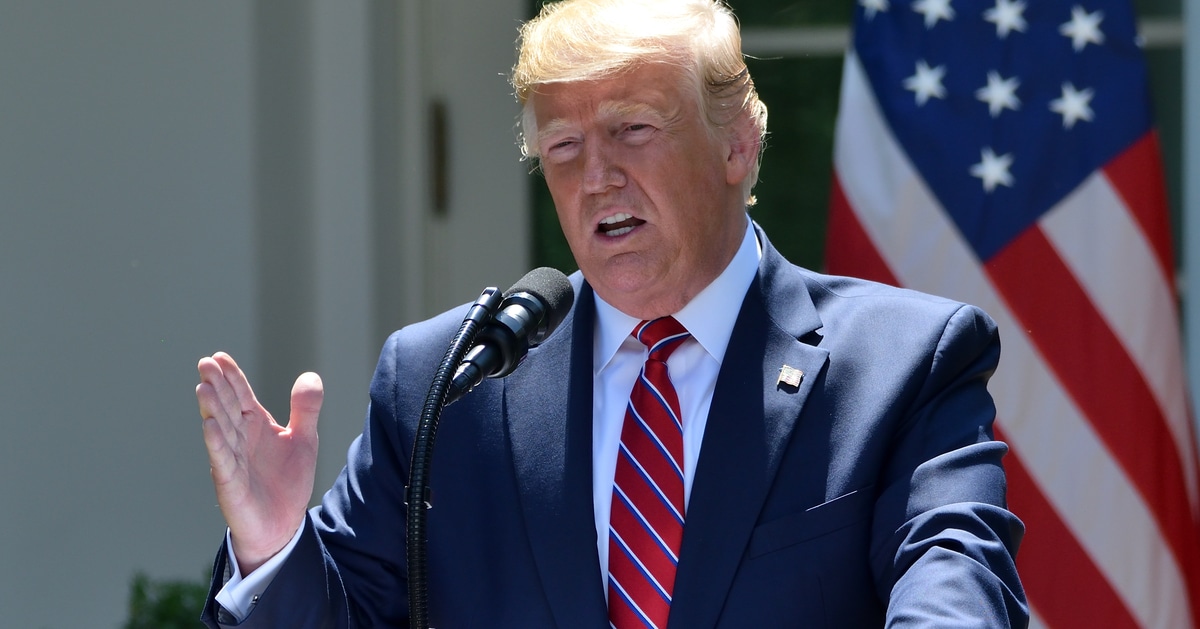

The Justice Department’s new “strike force” is diving into declassified evidence that suggests Obama administration officials cooked up the Trump-Russia collusion narrative to smear a presidential candidate.
Fox News reported that Attorney General Pam Bondi and FBI Director Kash Patel are leading the charge, aiming to hold accountable those who may have twisted intelligence for political gain. It’s a bold move to unravel a saga that’s lingered like a bad political hangover.
The investigation, announced Wednesday evening, targets the origins of the 2016 Trump-Russia collusion claims, spurred by documents declassified by Director of National Intelligence Tulsi Gabbard.
These records point to Obama-era officials, including former CIA Director John Brennan and former FBI Director James Comey, as key players in pushing a narrative lacking solid evidence. The probe promises to dig deep, with Bondi vowing to “leave no stone unturned.”
“We will investigate these troubling disclosures fully,” Bondi declared, signaling a no-nonsense approach to uncovering the truth. Her words sound tough, but the real test is whether this strike force can navigate the swamp of politicized intelligence without getting mired in partisan quicksand.
The inclusion of prosecutors focused on fraud and false statements hints at a wide net for potential charges.
Gabbard’s declassified records, including a criminal referral sent to the Justice Department, allege Obama and his national security team laid the groundwork for the Trump-Russia probe post-2016 election.
Names like James Clapper, Susan Rice, John Kerry, and Loretta Lynch pop up in the documents, painting a picture of a coordinated effort. It’s a who’s-who of Obama’s inner circle, now under scrutiny for their roles.
The 2017 Intelligence Community Assessment (ICA), which claimed Russia aimed to help Trump in 2016, is at the heart of the controversy.
A “lessons learned” review, declassified by former CIA Director John Ratcliffe, exposed the ICA’s rushed process and “procedural anomalies” that strayed from intelligence standards. The review’s findings suggest the report was more political theater than rigorous analysis.
Central to the ICA’s flaws was the inclusion of the Steele Dossier, a now-discredited document funded by Hillary Clinton’s campaign and the DNC.
The dossier, authored by Christopher Steele, was pushed by Brennan despite its unverified claims, undermining the ICA’s credibility. Career CIA officials admitted the process was politicized, a rare confession of bias in the intelligence community.
The Steele Dossier, commissioned through Fusion GPS and Perkins Coie, became a cornerstone of the collusion narrative despite its shaky foundation. Its inclusion in the ICA ran counter to intelligence tradecraft, as noted in the declassified review. This wasn’t just sloppy work—it smells like a deliberate attempt to tilt the scales against Trump.
In July 2016, Brennan briefed Obama, Comey, Clapper, Lynch, and Joe Biden on intelligence from a Clinton campaign advisor linking Trump to Russian interference.
This Oval Office meeting, described as “unusual,” set the stage for the narrative’s escalation. The idea that Obama directed “potentially biased” intelligence to be published raises eyebrows about the impartiality of his administration.
Comey later briefed Trump on the dossier at Trump Tower in January 2017, with Brennan present, a move that feels more like political posturing than a good-faith warning. Two sources called Brennan and Comey’s actions a “conspiracy,” opening the door to serious legal consequences. Patel’s criminal investigations into both men signal the probe’s aggressive stance.
Declassified House Intelligence Committee testimonies from 2017 and 2018 reveal Obama-era officials like Clapper, Rice, and Lynch denying any “empirical evidence” of Trump-Russia collusion.
Clapper’s blunt admission—“I never saw any direct empirical evidence”—cuts through years of media hype. Yet these same officials helped push a narrative that lacked substance, raising questions about their motives.
“I don’t recall any intelligence or evidence to that effect,” Rice testified, echoing Clapper’s doubts. Her vague recollection contrasts sharply with the aggressive push to tie Trump to Russia. It’s hard to square their sworn statements with the dossier’s prominence in the ICA.
“I can’t say that it existed or not,” Lynch hedged when pressed on collusion evidence. Her noncommittal response feels like a dodge, especially given her role in the Justice Department at the time. The lack of concrete evidence didn’t stop the narrative from dominating headlines for years.
Obama’s spokesman, Patrick Rodenbush, called the allegations “ridiculous” and a “weak attempt at distraction” in a Tuesday statement. He argued the declassified documents don’t undermine the conclusion that Russia sought to influence the 2016 election. But his deflection sidesteps the core issue: why was unverified intelligence used to target Trump?
“Nothing in the document issued last week undercuts the widely accepted conclusion,” Rodenbush insisted, citing a 2020 Senate Intelligence Committee report.
His reliance on a bipartisan report sounds convincing, but it doesn’t address the ICA’s procedural flaws or the dossier’s role. It’s a classic case of redirecting the conversation without answering the charges.


